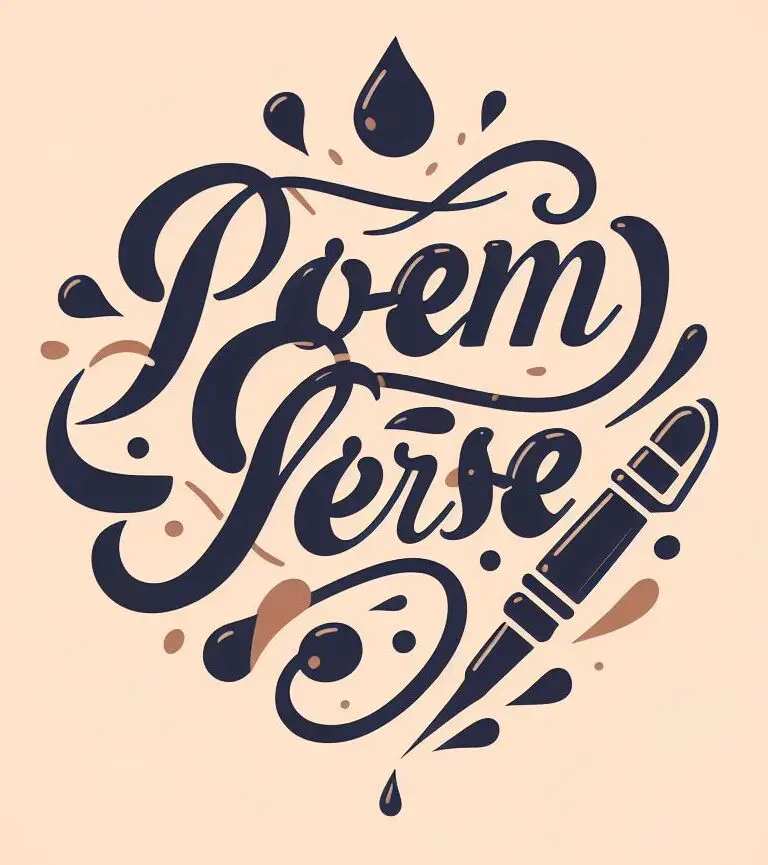Emily Dickinson: Exploring Depression Through Poetry
Emily Dickinson, a renowned American poet of the 19th century, is widely recognized for her unique and introspective style of writing. While her works encompass a wide range of themes, it is her poems about depression that truly capture the essence of her emotional struggles. Through her poignant verses, Dickinson delves into the depths of her own mind, exploring the intricacies of her melancholic state. In this article, we will explore some of Dickinson's notable poems that touch upon the theme of depression.
Poems of Despair
1. "I felt a Funeral, in my Brain"
One of Dickinson's most famous poems, "I felt a Funeral, in my Brain," provides a vivid depiction of the poet's experience of depression. In this poem, Dickinson uses powerful metaphors to convey her sense of despair and isolation. The opening lines read:
I felt a Funeral, in my Brain,
And Mourners to and fro
Kept treading – treading – till it seemed
That Sense was breaking through –
Through these lines, Dickinson portrays her mental state as a funeral procession, with mourners relentlessly pacing back and forth. This vivid imagery effectively portrays the overwhelming weight of depression on her mind.
2. "There's a certain Slant of light"
In "There's a certain Slant of light," Dickinson explores the profound impact of depression on one's perception of the world. The poem begins:
There's a certain Slant of light,
Winter Afternoons –
That oppresses, like the Heft
Of Cathedral Tunes –
Here, Dickinson compares the depressive state to a particular angle of light on winter afternoons. She likens it to the oppressive heaviness one might feel upon hearing the grand melodies played within a cathedral. This comparison highlights the overwhelming nature of depression and its ability to darken even the brightest moments.
Seeking Solace through Nature
While Dickinson's poems often delve into the depths of depression, she also finds solace in nature. Through her observation of the natural world, she seeks moments of respite from her internal struggles. One such poem is:
3. "A Bird came down the Walk"
In "A Bird came down the Walk," Dickinson explores the beauty of nature as a source of comfort. She writes:
A Bird came down the Walk –
He did not know I saw –
He bit an Angleworm in halves
And ate the fellow, raw,
In these lines, the poet observes a bird's simple yet instinctual act of survival. By focusing on the bird's obliviousness to her presence, Dickinson highlights the purity and tranquility found in nature. Through such observations, she momentarily escapes the clutches of her depression.
Emily Dickinson's poems about depression offer readers a glimpse into the profound depths of her emotional turmoil. Through her powerful use of metaphors, vivid imagery, and introspective exploration, she captures the essence of this complex mental state. While her poems often express deep despair, Dickinson also finds solace in the beauty of nature. By immersing ourselves in her poetic world, we gain a deeper understanding of the complexities of depression and the transformative power of art.

Entradas Relacionadas